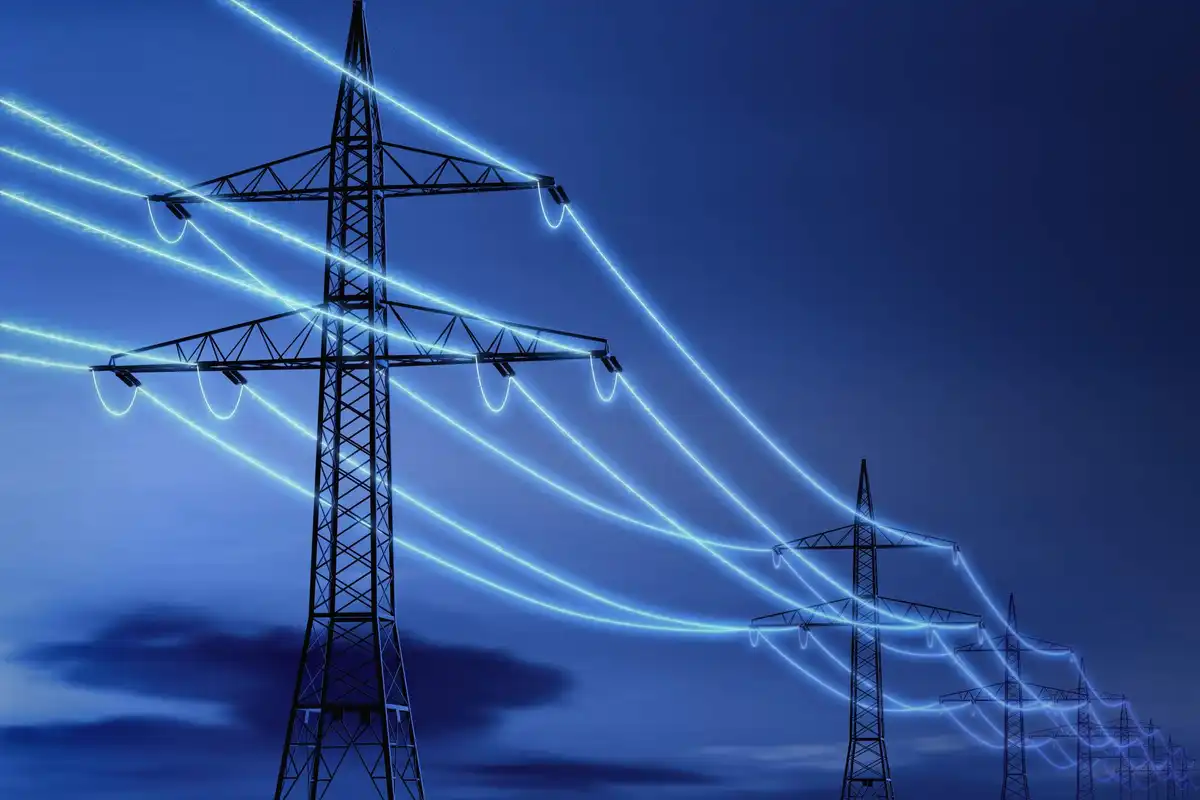Houston company's commercial direct lithium extraction plant goes live
up and running
A Houston company has launched operations with what it's calling the world’s first commercial modular direct-lithium extraction plant.
International Battery Metals has reported that its new plant — just outside Salt Lake City, Utah, and co-located with US Magnesium LLC — is up and running. The plant, originally announced earlier this year, will process brine produced from lithium-containing waste-magnesium salts. The resulting lithium chloride product will provide feedstock for high-purity lithium carbonate generated by US Magnesium.
"This achievement is momentous for IBAT and a harbinger for an industry-transformation to significantly boost lithium production on a more cost-effective and sustainable basis, clearing a path for supplies of lower-priced, high-quality lithium for EV batteries and large-scale grid backup battery installations," John Burba, founder and CTO of IBAT, says in a news release. "This kicks off a U.S. lithium production renaissance and creates the potential for a sea change in global lithium supplies."
According to the company, IBAT is expected to expand production by installing additional columns on the same DLE modular platform with a goal of increasing capacity.
IBAT's patented technology is low cost, scalable, and sustainable. It reports that it's the only system that delivers a 97 percent extraction rate for lithium chloride from brine water, with up to 98 percent of water recycled and with minimal use of chemicals.
Under its agreement with US Magnesium, IBAT will receive royalties on lithium sales, as well as payments for equipment operations based on lithium prices and performance.
Earlier this summer, IBAT named Iris Jancik as the company's CEO. She will focus on expanding commercial deployment of IBAT's patented modular direct lithium extraction (DLE) plants, and begin in the role in mid-August.
- Thefts of charging cables in Houston, beyond pose yet another obstacle to appeal of EVs ›
- Poll: Many Texans, Americans still shy away from EV ownership despite recent pushes ›
- Equinor makes big investment into lithium projects in Arkansas, East Texas ›
- New CEO named to batteries co., to build out direct lithium extraction operations globally ›
- Houston company plans to install the first commercial direct lithium extraction plant in the US ›










 Air Liquide and Hyundai agreed to expand hydrogen refuelling networks, storage capacity and more at a meeting in Seoul last week. Photo courtesy Air Liquide.
Air Liquide and Hyundai agreed to expand hydrogen refuelling networks, storage capacity and more at a meeting in Seoul last week. Photo courtesy Air Liquide.
